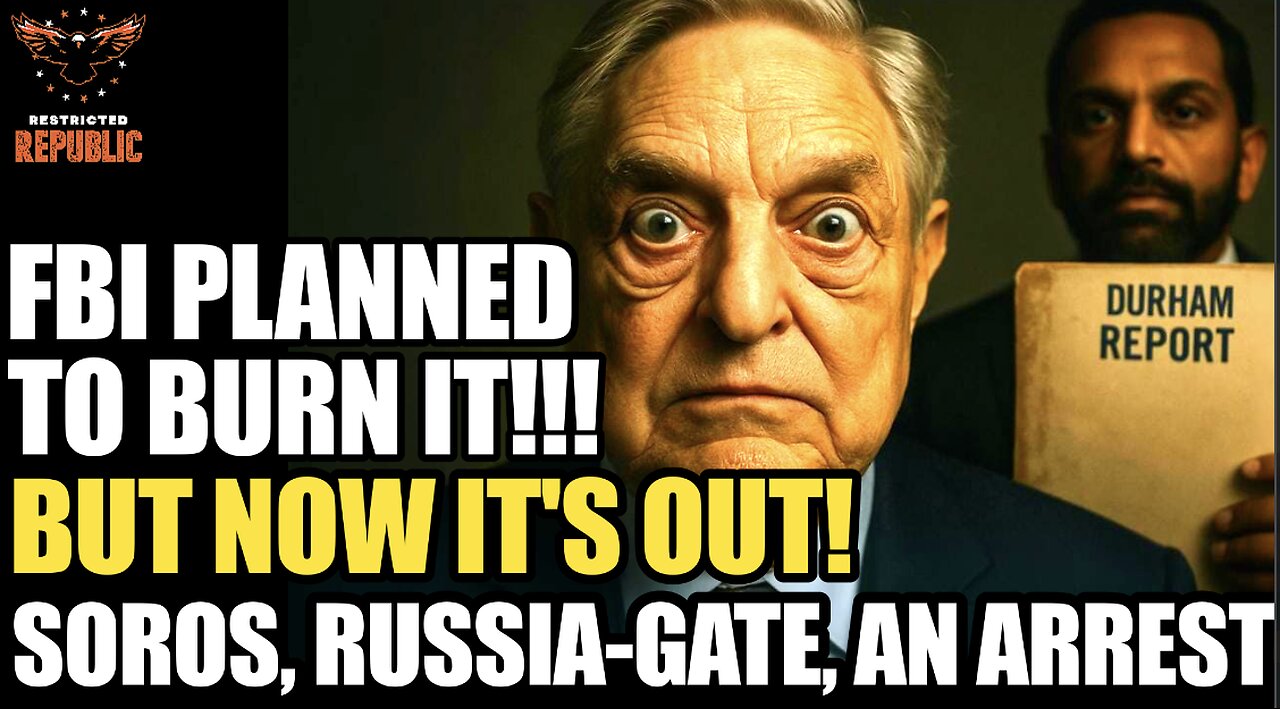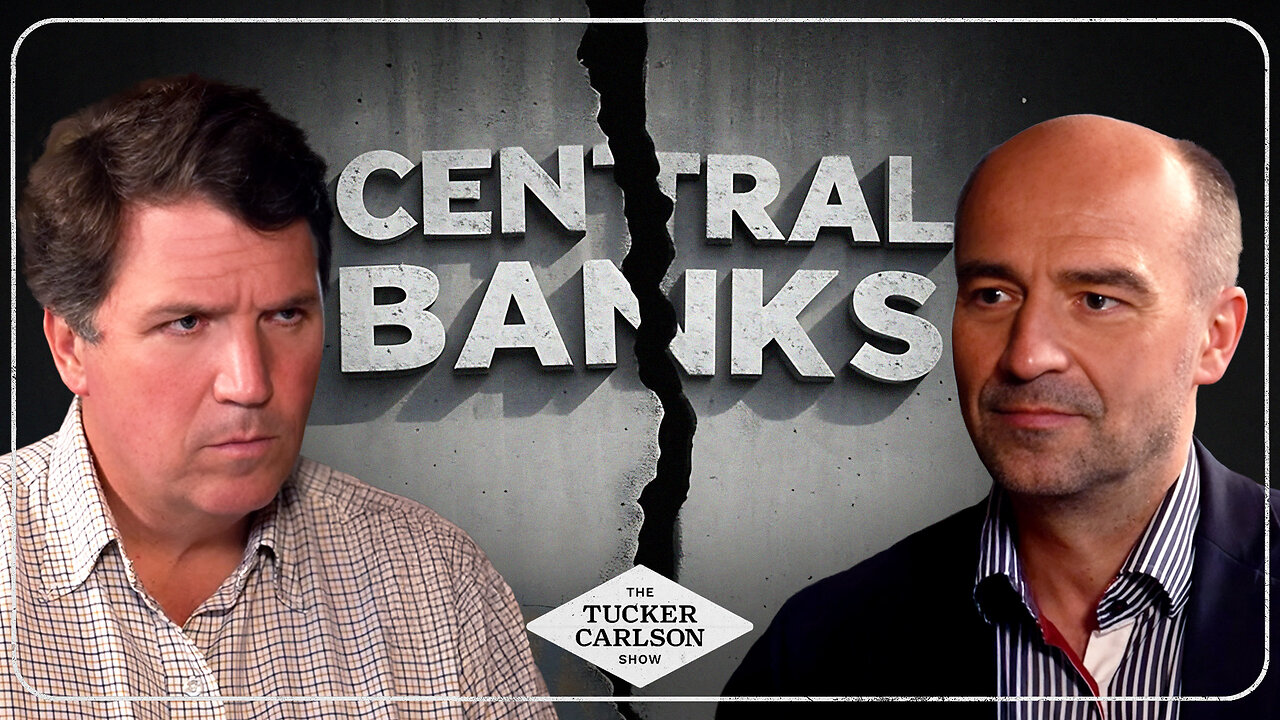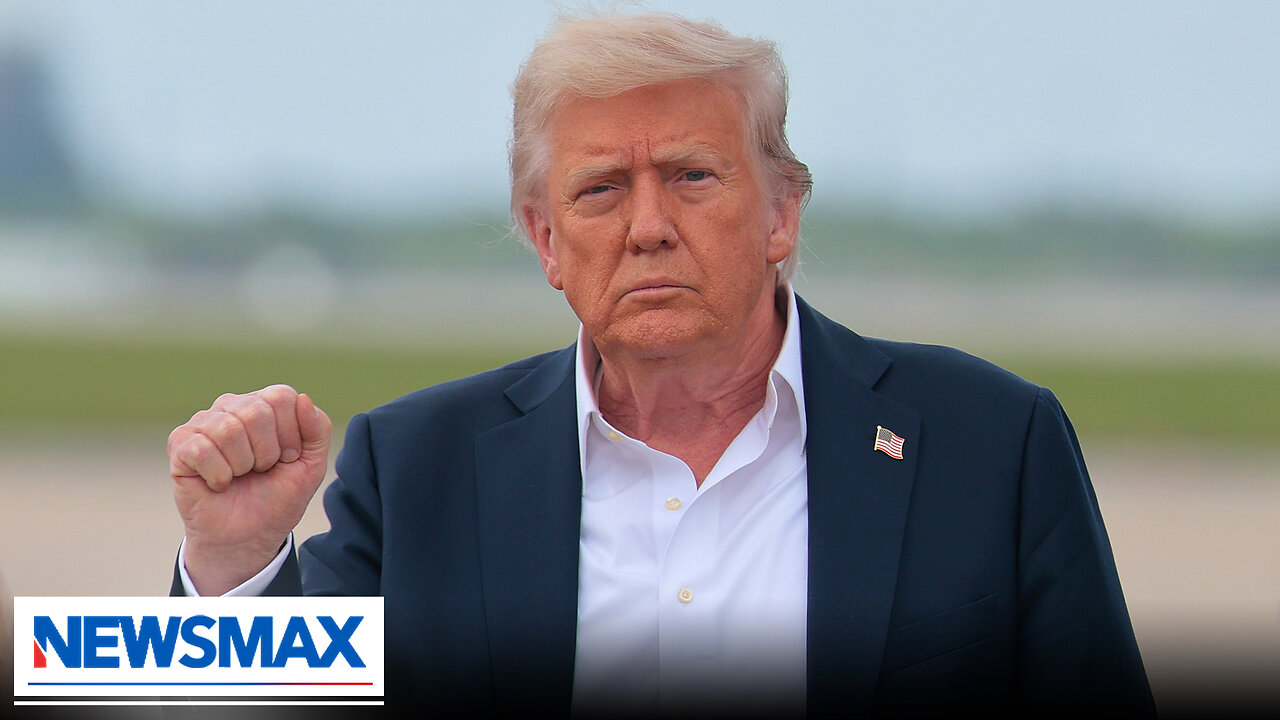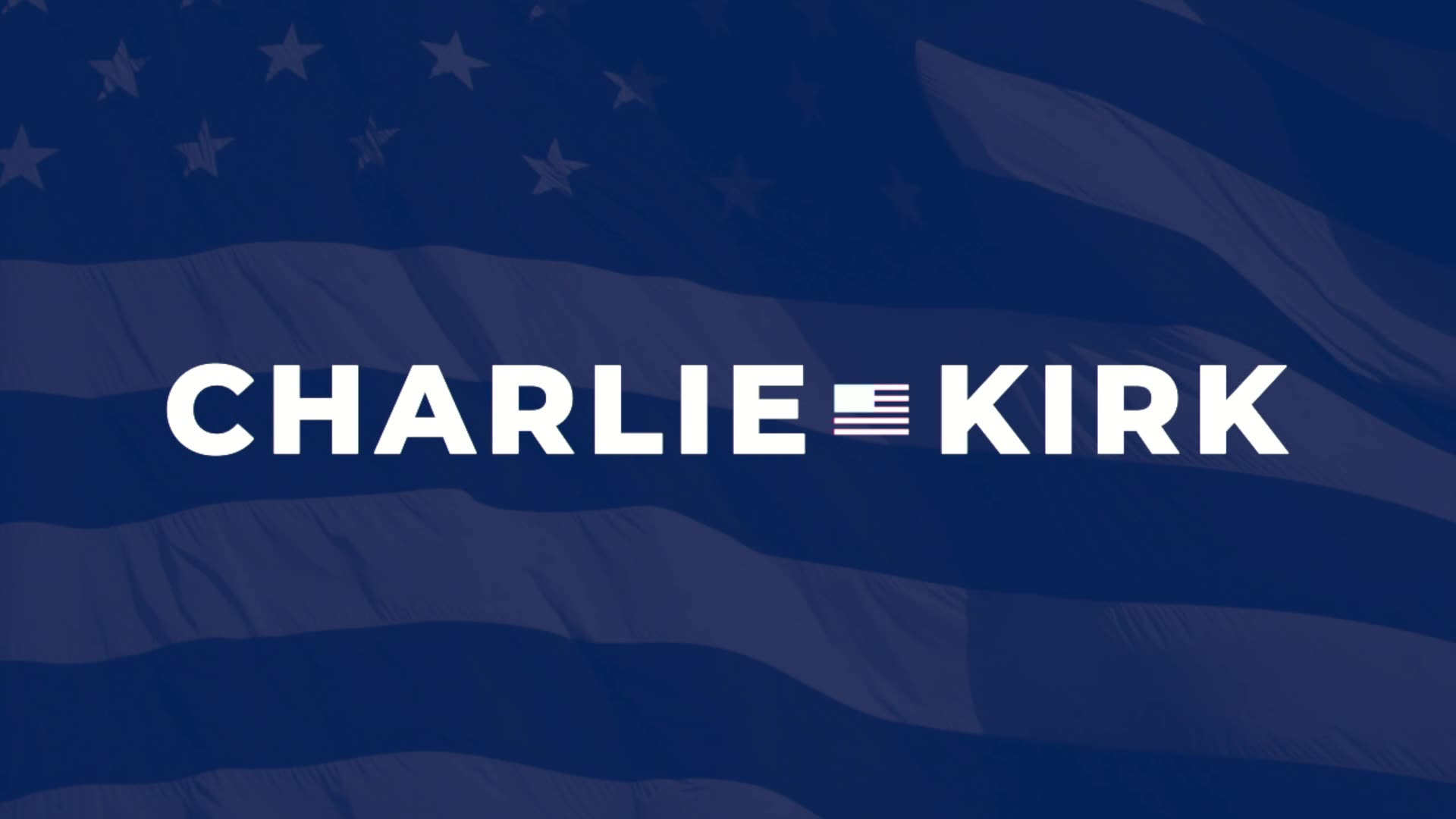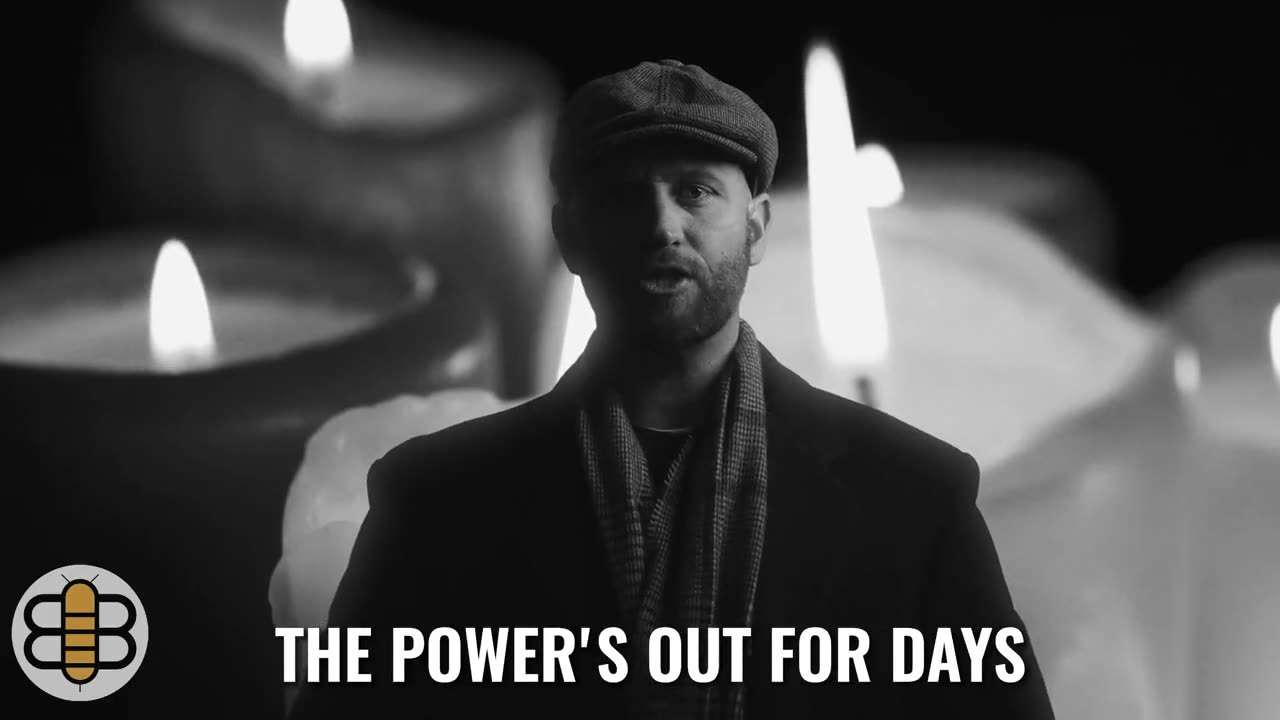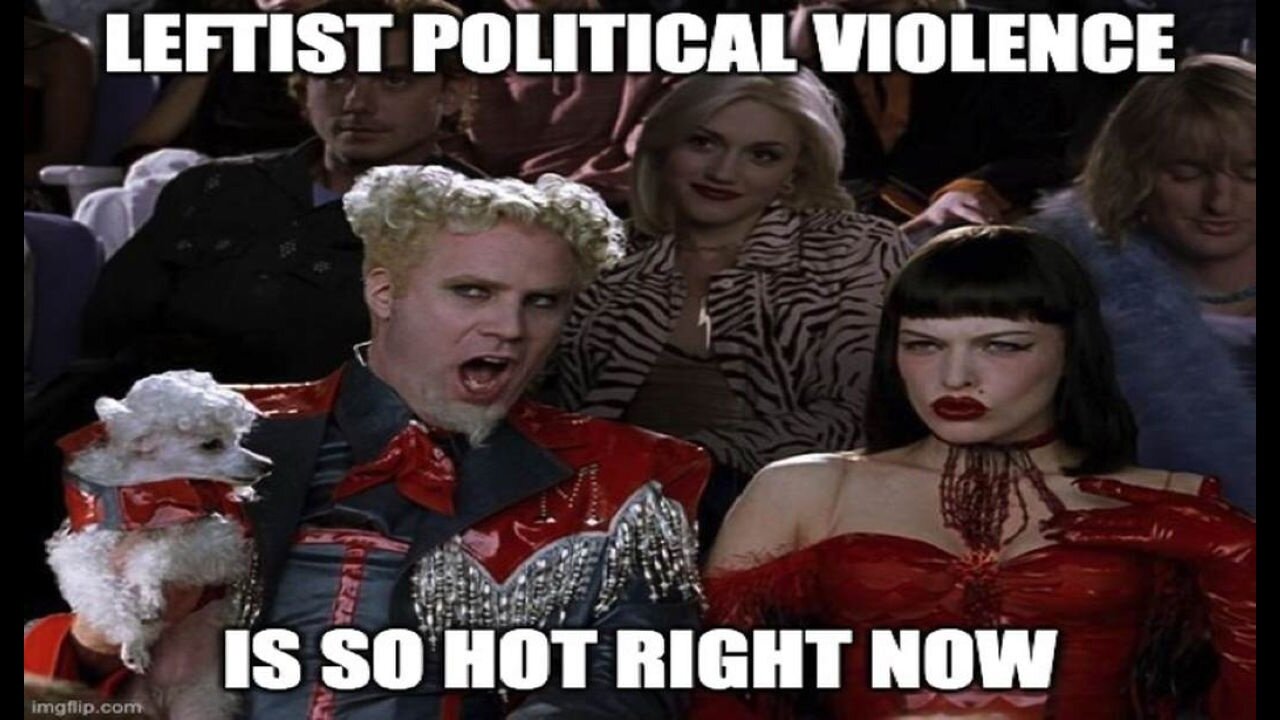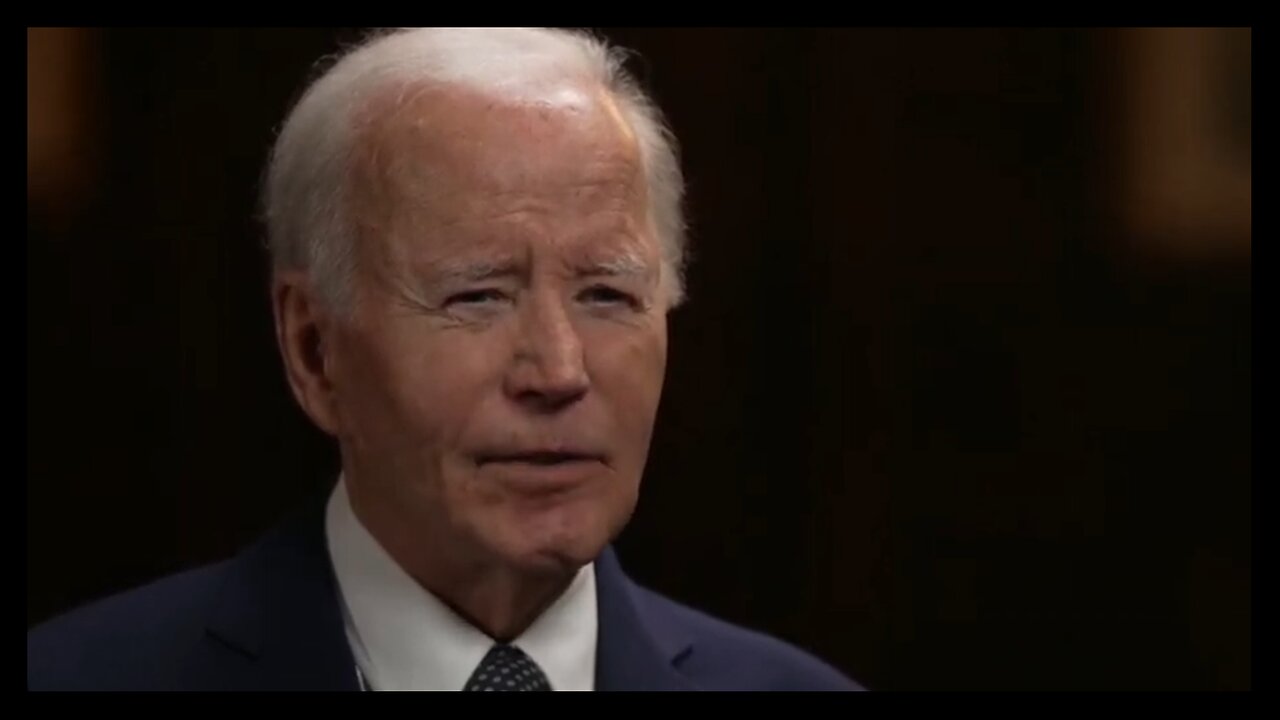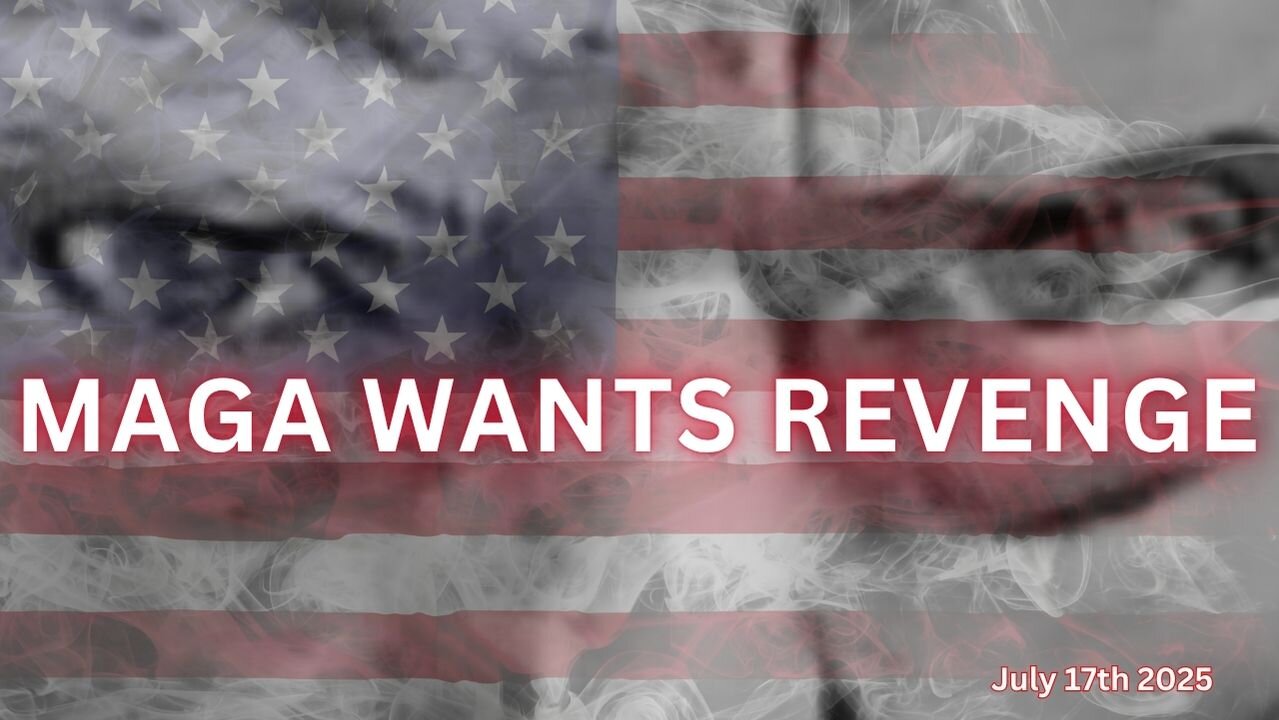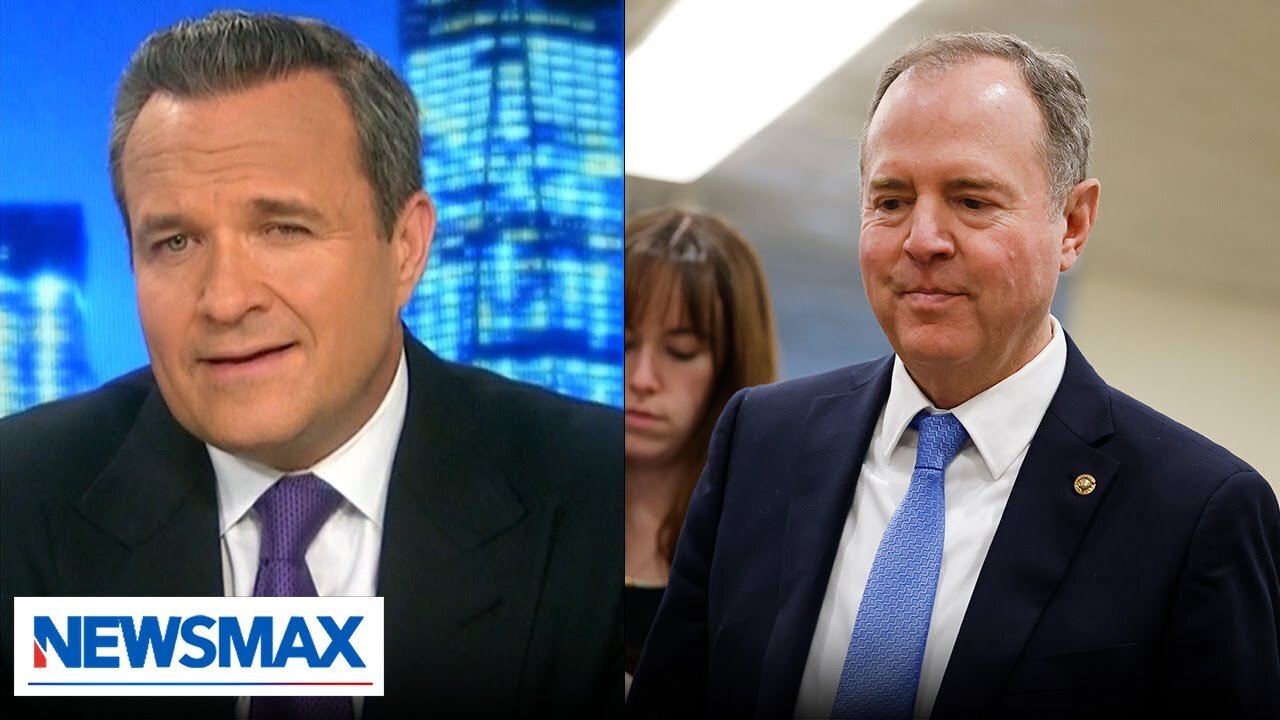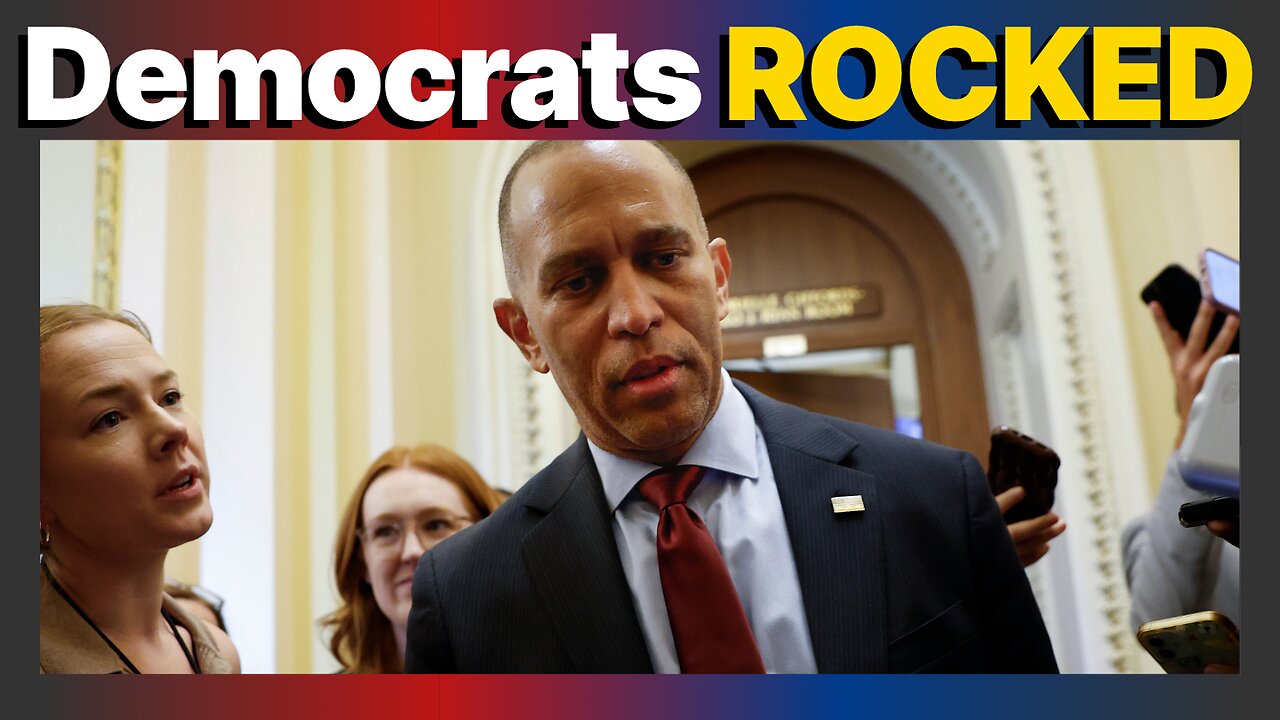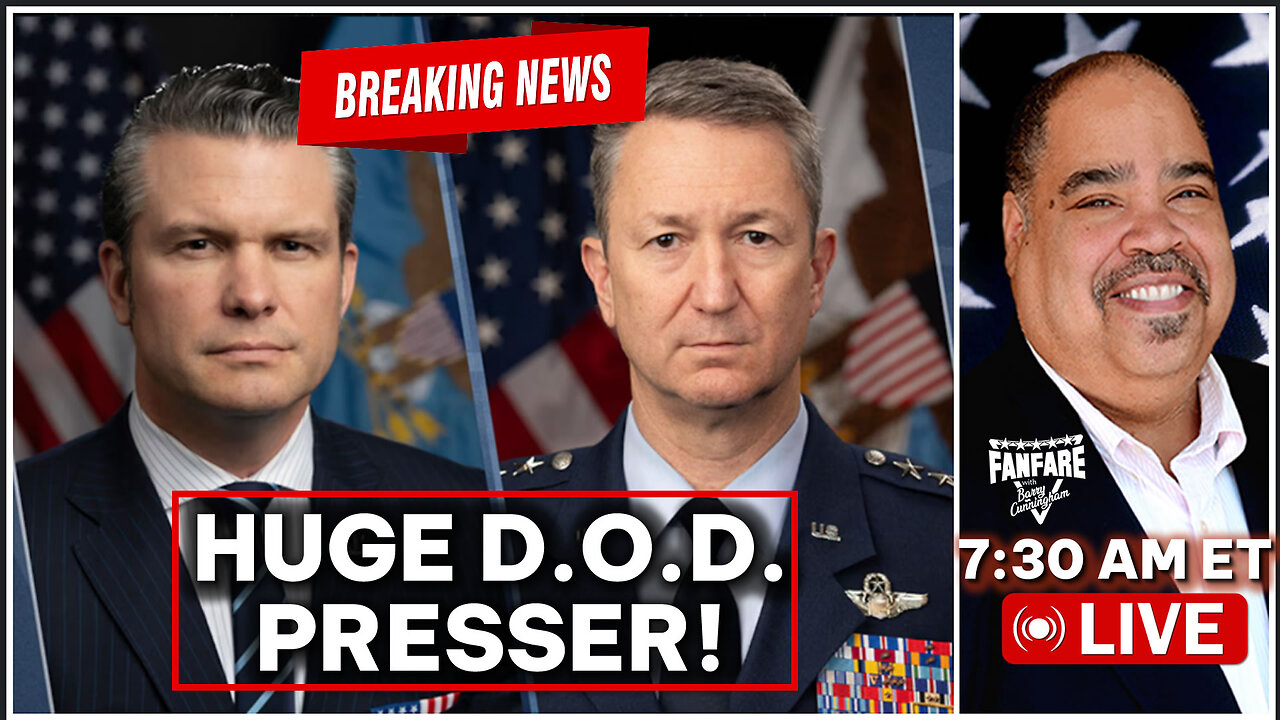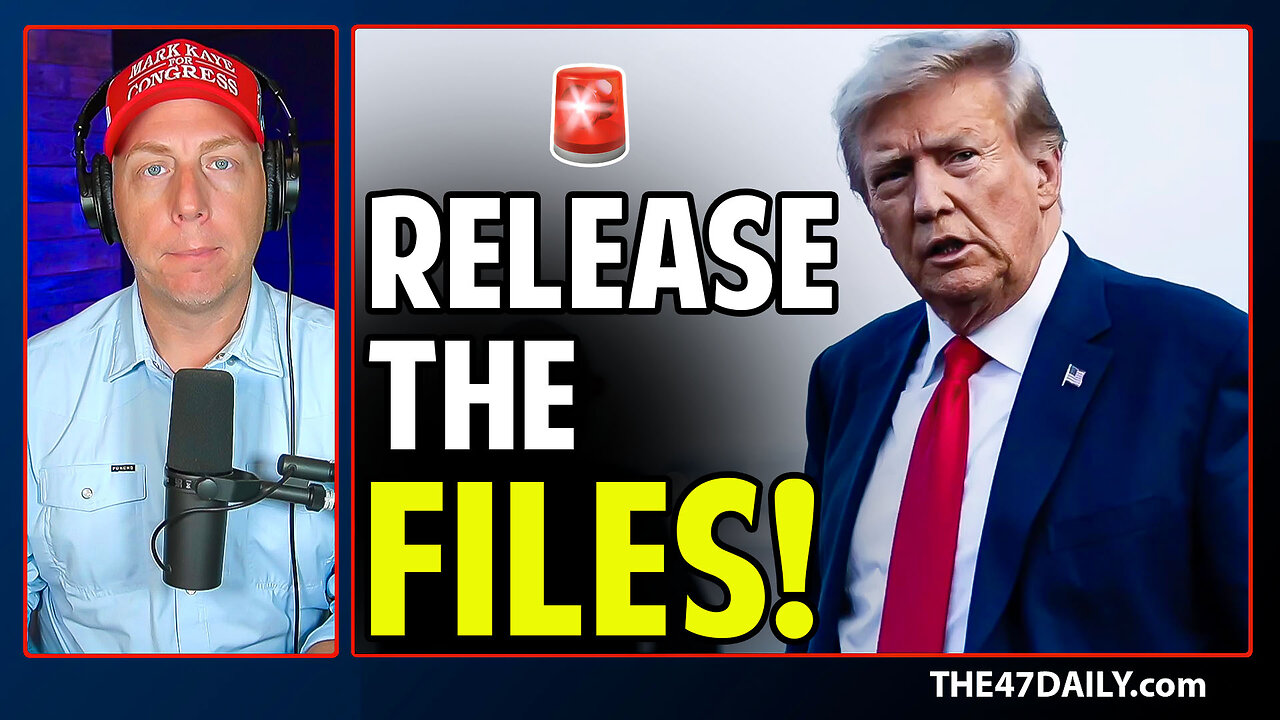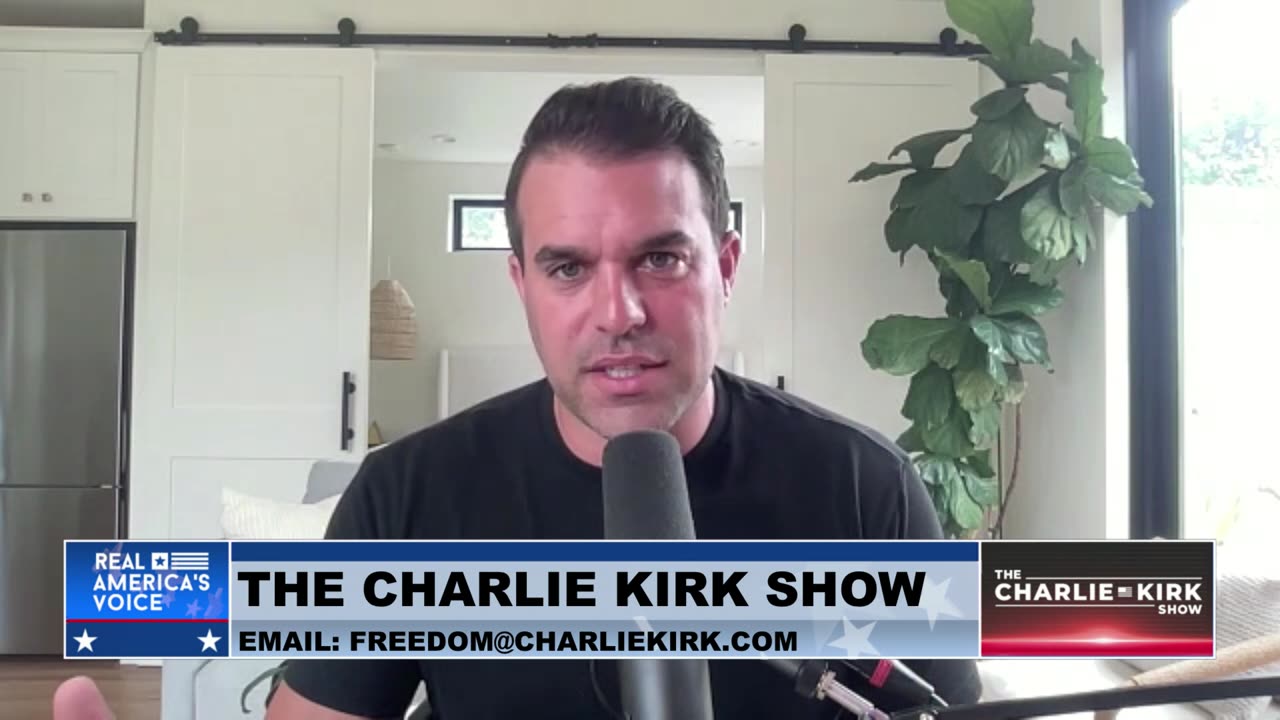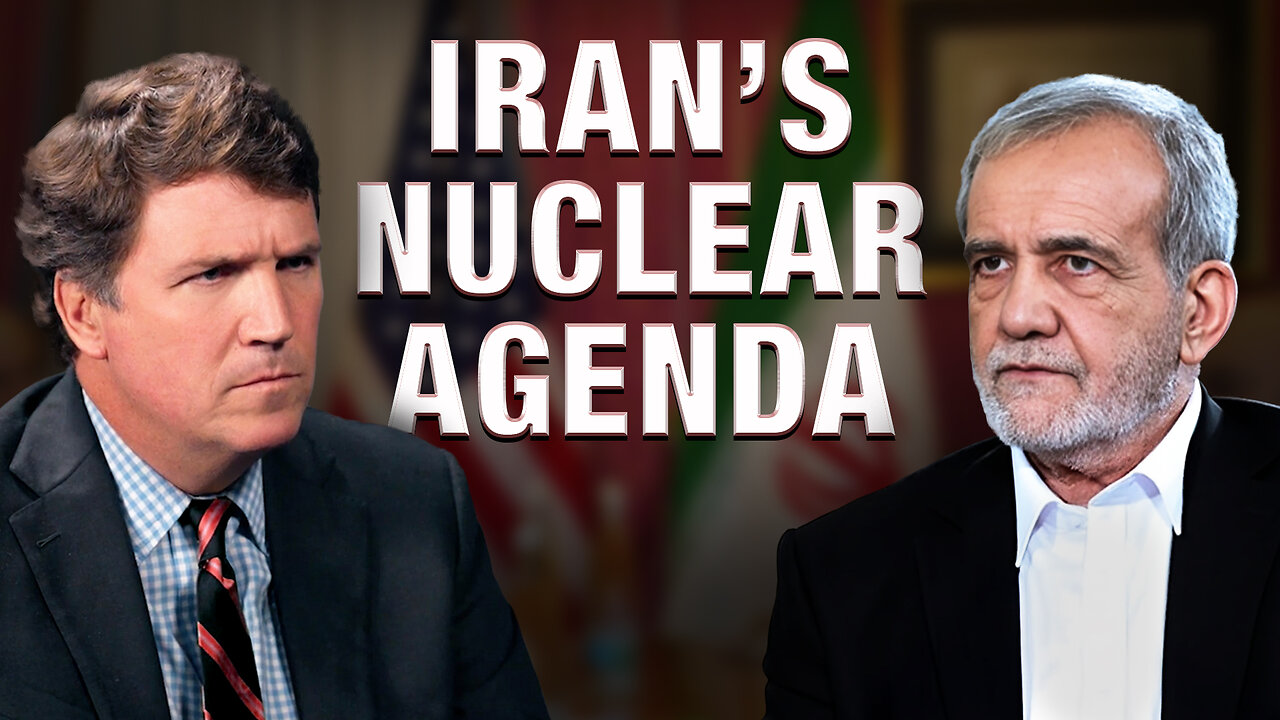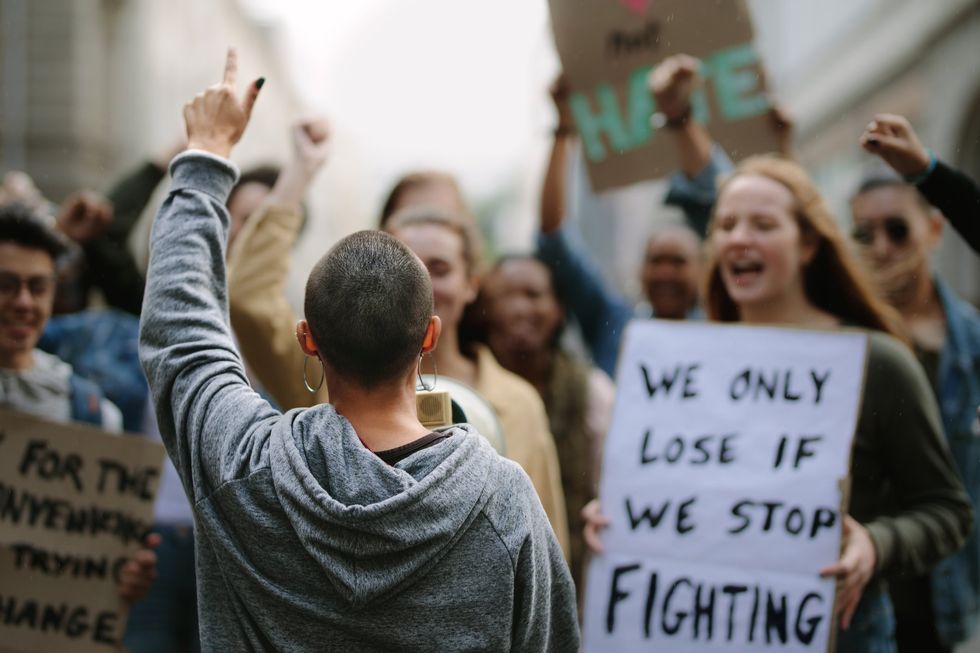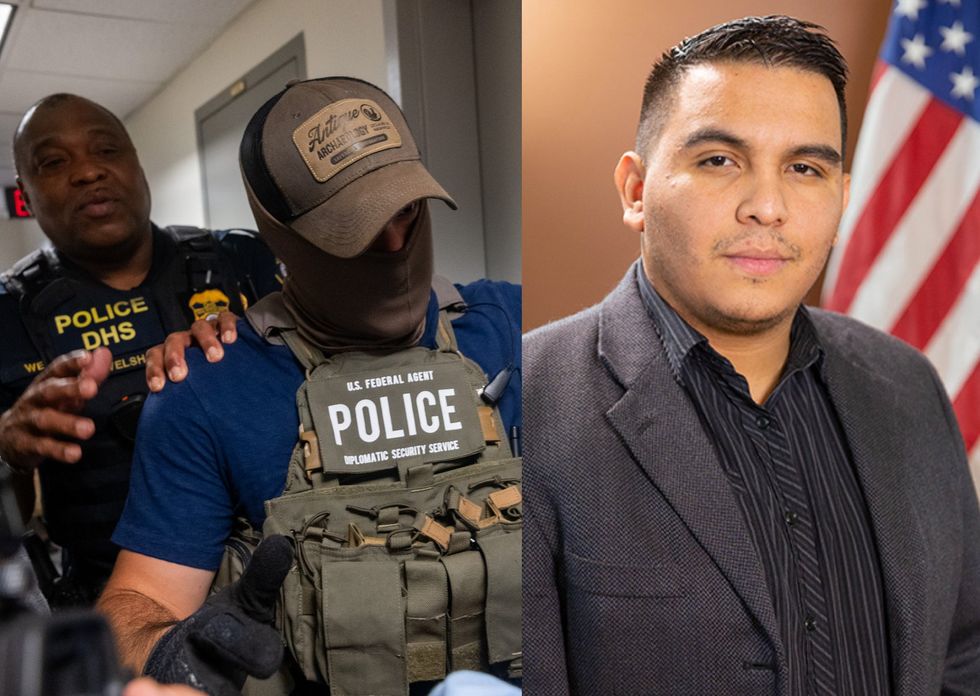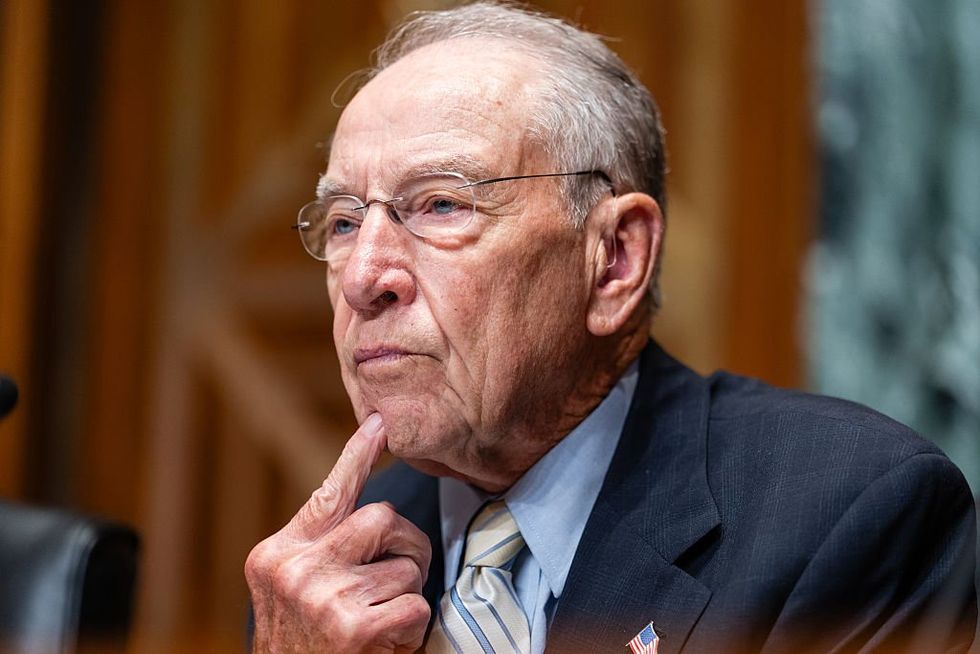Canada’s Migrant Crisis Spills Over to US, Raising Concerns: The BorderLine
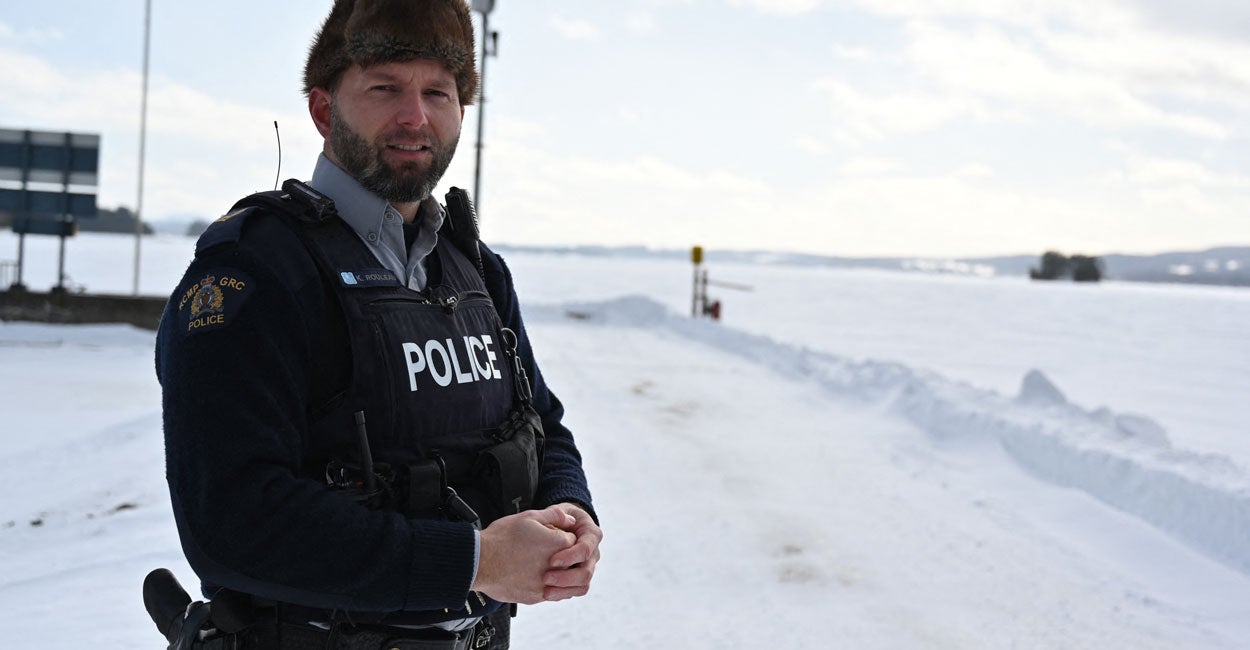
President Donald Trump’s first week in office saw a flurry of executive orders to secure the southern border and turn off the giant magnet attracting the world to enter the U.S. illegally. At the same time, he’s taken the gloves off interior immigration enforcement, including deportations. But while there is a lot to worry about at the southern border, the northern border is twice as long, has no wall, and is mostly wide-open.
Before his election, Trump warned he would impose tariffs on Canada and Mexico unless they curbed the flow of illegal aliens and drugs into the United States. On Tuesday, these tariffs were slated to go into effect, but last-minute capitulations from both countries bought them a 30-day reprieve.
The open-border threat from Mexico is obvious, but why worry about Canada? Three reasons: drugs, unvetted illegal migrants, and terrorists.
Drugs
The usual route for fentanyl into the U.S. is via Mexico, where it is either brought into Mexico from China ready-made or manufactured in Mexico using Chinese ingredients. But a Canadian government report in January admitted that organized criminals from China were importing and making fentanyl in Canada, too. Organized crime has significantly penetrated Canadian ports, where cartels can smuggle in fentanyl in containers and then truck it down to the U.S. border.
Trump recently told the press, “The fentanyl coming through Canada is massive.” In October, Canadian police seized hundreds of pounds of the drug from a lab in Vancouver and enough chemicals to make 95 million more lethal doses. Though Vancouver has one of the highest overdose rates in North America, that’s too much supply even for the local market.
And there have been recent similar busts in other major Canadian cities. The country’s huge, concentrated communities of Chinese and other recent immigrants make it difficult for law enforcement to penetrate the underworld and make it easy for criminals to launder their profits through “front” operations that look like legitimate businesses.
Illegal Migration
The U.S. encountered 107,297 inadmissible aliens at Canadian border ports of entry in fiscal year 2022, with that number rising to 175,208 in fiscal year 2024. Between ports of entry, along the nearly 5,000-mile long border, the U.S. intercepted more than 23,000 people illegally entering the U.S. in fiscal year 2024, while Canadian authorities turned back only about 1,000 people trying to cross into Canada from the U.S.
As for how many people cross illegally between ports of entry and are never encountered by U.S. authorities, no one knows. There is no border wall with Canada. I visited one sector in New York state last year and saw how easy it is to cross undetected into the U.S.
A retired Border Patrol agent took me to several open fields and wooded areas where we saw footprints in the snow of groups arriving without encountering any kind of barrier or Border Patrol personnel.
Organized Canadian and foreign smuggling syndicates have a thriving business in taking people from Canada’s major cities, where they arrive by air, down to the U.S. border over land. On the U.S. side, they are met by paid amateur drivers recruited by the smugglers and taken to their U.S. destination—often a “sanctuary” city where housing and welfare are on offer to illegal immigrants.
Like the U.S. under President Joe Biden, Canada has also had a mass-migration boom, and under left-wing Prime Minister Justin Trudeau, Canada’s has been going on for 10 years. In December 2024, Canada’s population was at 41.3 million, an increase of 3.1 million since 2021. Through legal immigration, Canada adds over 450,000 permanent residents a year, and foreigners on temporary student and worker visas now make up nearly 7% of the country’s population.
Canada’s mass immigration, both legal and illegal, is outpacing the availability of public services and housing. Immigration Minister Marc Miller told Canada’s National Post, “We didn’t turn the taps down fast enough.”
And our neighbor’s problem could become our problem.
After thousands of Mexicans flew into Canada to illegally cross into the U.S., Miller belatedly reinstituted a visa requirement for Mexicans. He also tightened standards on issuing visas to Asian Indians, who also use Canada as a steppingstone to cross into the U.S. illegally.
But Canada has 4.9 million foreigners there on temporary visas, many of which will expire during 2025. There are 646,000 student visa holders from India alone. Miller says that those who don’t obtain a renewal will be “expected to leave,” but many refuse to go. Activist groups demand “permanent resident status for all,” including those on clearly temporary visas. Miller admits to an “alarming” trend of foreign students claiming refugee status to try to stay permanently when their visas expire.
If millions refuse to go home, Canada has limited means and, up to now, lacks the political will to force them. In 2022-2023, the government deported only 10,180 foreigners. Canadian authorities told me that the number went up 50% in 2024, but that’s hardly moving the needle.
While Canadian authorities say they worry about people fleeing there from Trump’s deportation program, we should be wary of those headed south. Of the millions whose visas are up and who know they have no valid asylum claim, heading to the U.S. illegally over the border and risking deportation by the U.S. might still be preferable to going home.
Terrorism
Last September, police in Quebec arrested Pakistani Muhammad Shahzeb Khan on terrorism charges. In 2023, Khan had applied for a Canadian student visa. He was approved and landed in Toronto in June. He apparently claimed asylum on the grounds of being gay.
Meanwhile, the FBI found out he was plotting a terrorist attack against Jews in the U.S. on the anniversary of Hamas’ Oct. 7 terrorist attack on Israel. Khan didn’t have a U.S. visa, so he was going to pay smugglers to sneak him over the border so he could commit his attack.
Unlike students on visas like Khan, Canadian citizens like Ahmed Fouad Mostafa Eldidi can travel to the U.S. without a visa. Eldidi, who is originally from Egypt and appeared in an ISIS propaganda video, recently plotted a terrorist attack in Canada on behalf of the Islamic State of Iraq and Levant. The Canadian parliament wants to know how he got Canadian citizenship. So do we.
Canada now spends about $1.54 billion (CA$2.2 billion) a year on border enforcement and management. In December, Trudeau said his country would spend $910 million (CA$1.3 billion) more over six years for dogs, drones, helicopters, surveillance, and new border agents.
Trudeau and Trump had a phone call on Monday, after which Trump gave Canada a 30-day reprieve on tariffs. We don’t know what new action Trudeau promised other than “a new intelligence directive on organized crime and fentanyl” with a $200 million budget.
That’s something, at least. But the U.S. needs to ensure that Canada doesn’t let its own mass migration problems, nor the production and shipment of fentanyl, keep bleeding southward.
The BorderLine is a weekly Daily Signal feature examining everything from the unprecedented illegal immigration crisis at the border to immigration’s impact on cities and states throughout the land. We will also shed light on other critical border-related issues such as human trafficking, drug smuggling, terrorism, and more.
Read Other BorderLine Columns:
Trump Proves ‘Yes We Can’ Reduce Illegal Migration
Savor the Border Wins For a While
The Anglosphere’s Migration Mess
Biden’s Border Legacy Is More Crime, Strained Cities
The post Canada’s Migrant Crisis Spills Over to US, Raising Concerns: The BorderLine appeared first on The Daily Signal.
Originally Published at Daily Wire, Daily Signal, or The Blaze
What's Your Reaction?
 Like
0
Like
0
 Dislike
0
Dislike
0
 Love
0
Love
0
 Funny
0
Funny
0
 Angry
0
Angry
0
 Sad
0
Sad
0
 Wow
0
Wow
0





